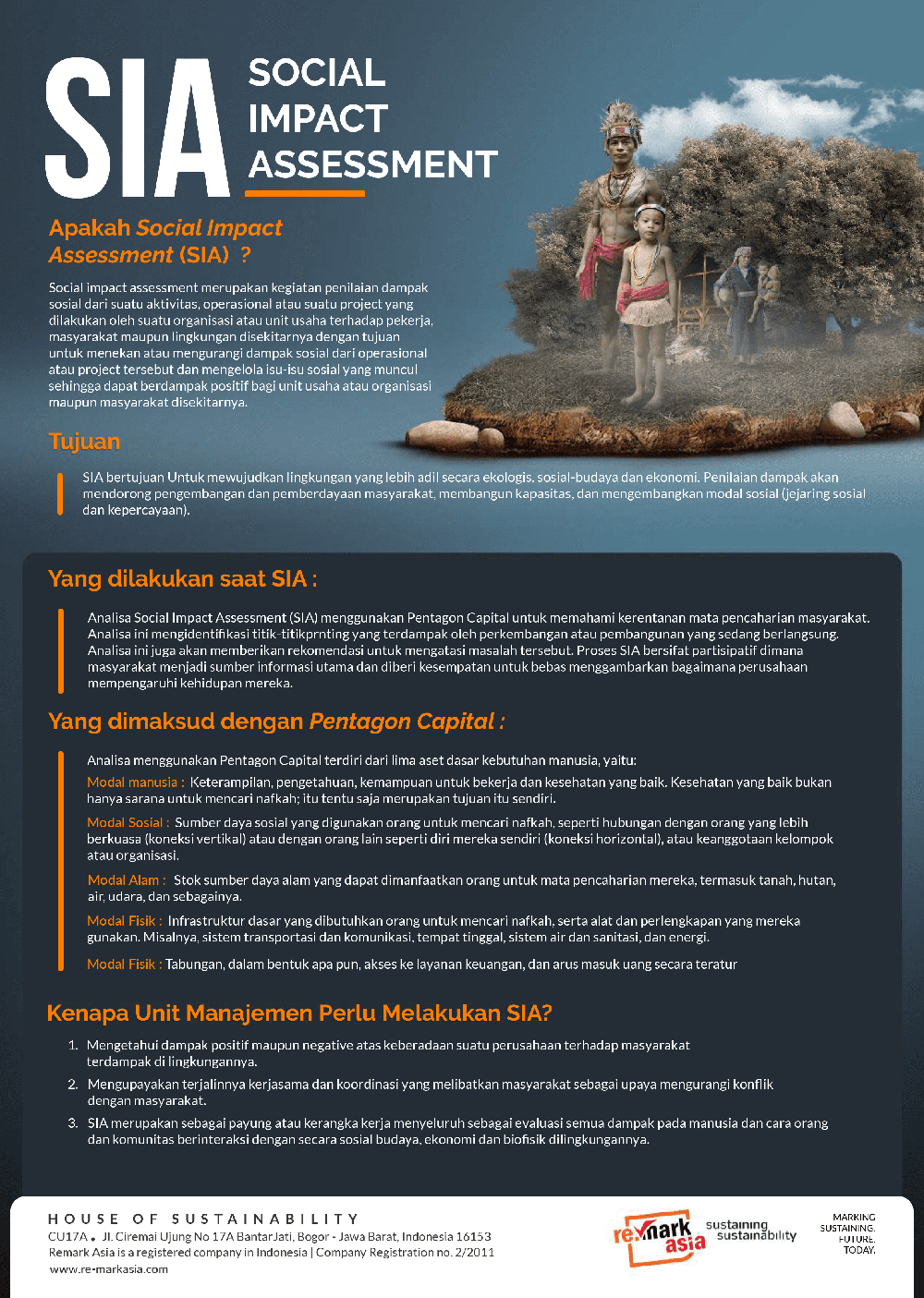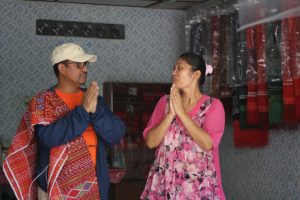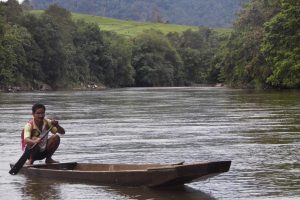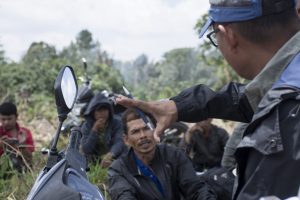
Social Impact Assessment (SIA) includes the processes of analysing, monitoring and managing the intended and unintended social consequences, both positive and negative, of planned interventions (policies, programs, plans, projects) and any social change processes invoked by those interventions. Its primary purpose is to bring about a more sustainable and equitable biophysical and human environment.
Its primary purpose is to bring about a more sustainable and equitable biophysical and human environment. The important features of this understanding of SIA are that:
- The goal of impact assessment is to bring about a more ecologically, socio-culturally and economically sustainable and equitable environment. Impact assessment, therefore, promotes community development and empowerment, builds capacity, and develops social capital (social networks and trust).
- The focus of concern of SIA is a proactive stance to development and better development outcomes, not just the identification or amelioration of negative or unintended outcomes. Assisting communities and other stakeholders to identify development goals, and ensuring that positive outcomes are maximised, can be more important than minimising harm from negative impacts
- The methodology of SIA can be applied to a wide range of planned interventions, and can be under- taken on behalf of a wide range of actors, and not just within a regulatory framework
- The good practice of SIA accepts that social, economic and biophysical impacts are inherently and inextricably interconnected. Change in any of these domains will lead to changes in the other domains. SIA must, therefore, develop an under- standing of the impact pathways that are created when change in one domain triggers impacts across other domains, as well as the iterative or flow-on consequences within each domain. In other words, there must be consideration of the second and higher order impacts and of cumulative impacts
Our Method
In analysing Social Impact Assessment, we are using Pentagon Capital approach to understand the vulnerability of communities livelihood. Which one is affected by the on-going development and how to address the issues. Pentagon Capital consists of five basic assets of human needs, these are the following:- Human capital: skills, knowledge, the ability to work and good health. Good health is not simply a means to earning a livelihood; it is of course an end in itself.
- Social capital: the social resources that people draw on to make a living, such as relationships with either more powerful people (vertical connections) or with others like themselves (horizontal connections), or membership of groups or organisations. Generally relationships of trust, reciprocity and exchange that the poor can draw on in times of need, and that lower the costs of working productively together. Like human capital, social capital has an intrinsic value; good social relationships are not simply a means, they are an end in themselves.
- Natural capital: the natural resource stocks that people can draw on for their livelihoods, including land, forests, water, air and so on.
- Physical capital: the basic infrastructure that people need to make a living, as well as the tools and equipment that they use. For example, transport and communication systems, shelter, water and sanitation systems, and energy.
- Financial capital: savings, in whichever form, access to financial services, and regular inflows of money





